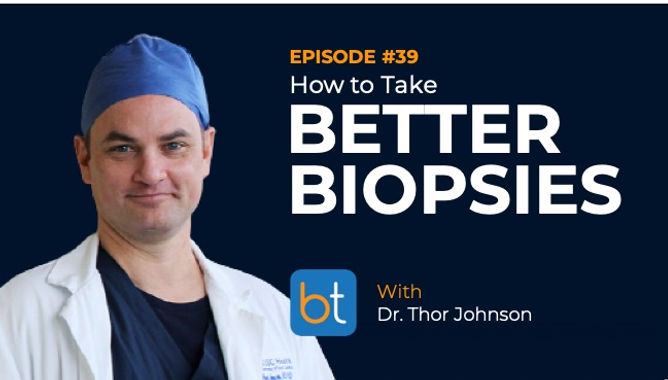BackTable / VI / Demo
Making A Gelfoam Slurry for Embolization
A gelfoam slurry can be used as an embolic agent to control bleeding whether it be prophylactically with a high-risk kidney biopsy or in the setting of active extravasation such as pelvic trauma. Interventional Radiologist Dr. Christopher Beck demonstrates how he makes his gelfoam slurry for embolization procedures.
What is Gelfoam?
In Vascular medicine, Gelfoam is used as an embolic agent to control bleeding or to provide a target embolization. It is a water-insoluble, off-white, nonelastic, porous pliable product. It is able to absorb and hold many times its weight in blood or other fluids, making it an effective embolic agent.
How to Make a Gelfoam Slurry for Embolization
Preparation of the gelfoam slurry is quick and easy; you will need gelfoam, two syringes, one three-way stopcock, and either saline or contrast, but often both with fluoroscopic procedures.
1. Begin by cutting the Gelfoam into strips, and then cut those strips into smaller pieces.
2. Load the Gelfoam pieces into the first syringe and compress out the air.
3. Depending on the procedure, fill the second syringe with 5cc of saline or contrast. To make a more liquid slurry, add more saline in the syringe. Use saline for procedures such as post-liver biopsies and use a mix of contrast/saline for a pelvic bleed.
4. Connect both syringes with the stopcock, and agitate the mixture between the two syringes. To increase resistance, tighten the stopcock.
5. When the desired consistency is reached, you have your Gelfoam slurry.
Learn more on the BackTable VI Podcast
BackTable is a knowledge resource for physicians by physicians. Get practical advice on Kidney Biopsy and how to build your practice by listening to the BackTable VI Podcast.
Stay Up To Date
Follow:
Subscribe:
Sign Up:
Disclaimer: The Materials available on BackTable.com are for informational and educational purposes only and are not a substitute for the professional judgment of a healthcare professional in diagnosing and treating patients. The opinions expressed by participants of the BackTable Podcast belong solely to the participants, and do not necessarily reflect the views of BackTable.




